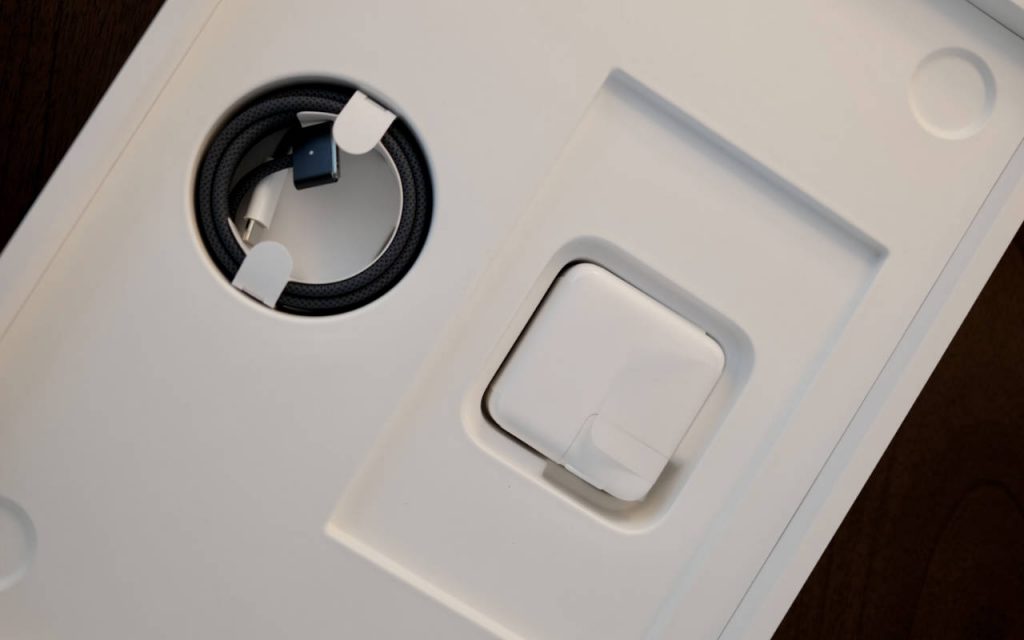Nothing beats unboxing a new phone, or laptop – or any new bit of kit, really. That first touch, the smell of torn cardboard, the feeling of your fingers puncturing through a sealed polythene bag… the whole experience feels eventful and meaningful.
And it is meaningful. Those tactile and physical encounters with brands and products are what make us keep coming back for more new stuff – to recreate that experience again. Brands who know this design product packaging that feeds the unboxing addiction, and not just for those of us who love that kind of sensory input. Even the most mainstream, typical consumer will feel a sense of joy opening well designed, thoughtful packaging.
It’s not all about looks, and it’s not all about functionality. It’s not even about ecology or economy. It’s all about experience – from the integrity of the product inside, to the feel of the logo on the box.
But no company gets there on day one. Improving your product packaging takes incremental steps, lessons learned the hard way, and careful design that fits your product – and your customers – perfectly.

Going from startup to established company
When you make the leap from small to large scale operations, packaging becomes a hurdle. Manual packaging, or even semi-automated packaging, might no longer be viable. And this is where costs can rise – but it’s important to invest up front in solid, professional packaging design.
Mature packaging operations take time and experience to develop. You need a packaging system that is repeatable, dependable and aligns with customer expectations. Packaging design services impart that experience, giving you the knowledge you need.
Forget branding for just a second, and focus on the function of your packaging. It’s not just there to protect goods in transit; it has to appeal to your customer. Logos and straplines can only go so far. Your foundation needs to be strong, and that means the look and feel of the materials, as well as the protective factors they provide. Will your customer appreciate recycled box materials, or a glossy finish? Will the product need protective polythene inner packaging?
Make a checklist of things like customer expectations and packaging goals, to weigh against factors like cost, market position and ecological soundness.
But these things are often incremental, and you learn along the way. Continuously assess your packaging for functional improvements – can you make it easier to open, use or store? Would bottom gusseted bags that can stand up be better, or a simple pouch made of layflat tubing?
Read more: What Is Layflat Tubing – And How Is It Used?
Going beyond functional
Let’s talk about branding and aesthetics, beyond the foundation of material choices. Of course, materials are part of your overall branding – but design and colour are powerful motivators, too. Testing the consumer impact of your packaging design can reveal the changes you need to make to land with your target customers more effectively, by giving real data to make packaging design decisions with.
You can conduct consumer surveys and focus groups, to gather feedback on your packaging. This will help you understand how it influences their purchasing decisions, and give you an idea of the perception of your brand. A/B testing different designs can help you fine-tune design elements, to maximise consumer appeal.
Using right-sized packaging and eliminating waste
Choose packaging dimensions that minimise wasted space, while adequately protecting your product. Right-sized packaging is a big win all-round; it reduces shipping costs, environmental impact and packaging material usage. When you scale up, these little things all become big and important – but even fledgling companies should be lean and precise in packaging.
As your company grows, manual packaging may become inefficient, and transitioning to automated or semi-automated packaging systems improves consistency and speed – with lower labour costs.
Rigorous quality control measures should be put in place to reduce waste and returns from consumers. This is a part of branding that often gets forgotten in the early days, so try not to repeat the mistakes of others!
Supplier relationships
Strengthen relationships between your packaging suppliers and design teams, to secure reliable materials at a fair price. Your packaging supplier will eventually become your core collaborator on innovations and improvements in your packaging solutions – so work with them closely.
And if you need a packaging partner you can rely on, talk to us…
Bespoke Packaging Solutions – from NPF Packaging
Professional packaging solutions, designed to your exact requirements. Get a quote now, or call us on 01773 820415.


